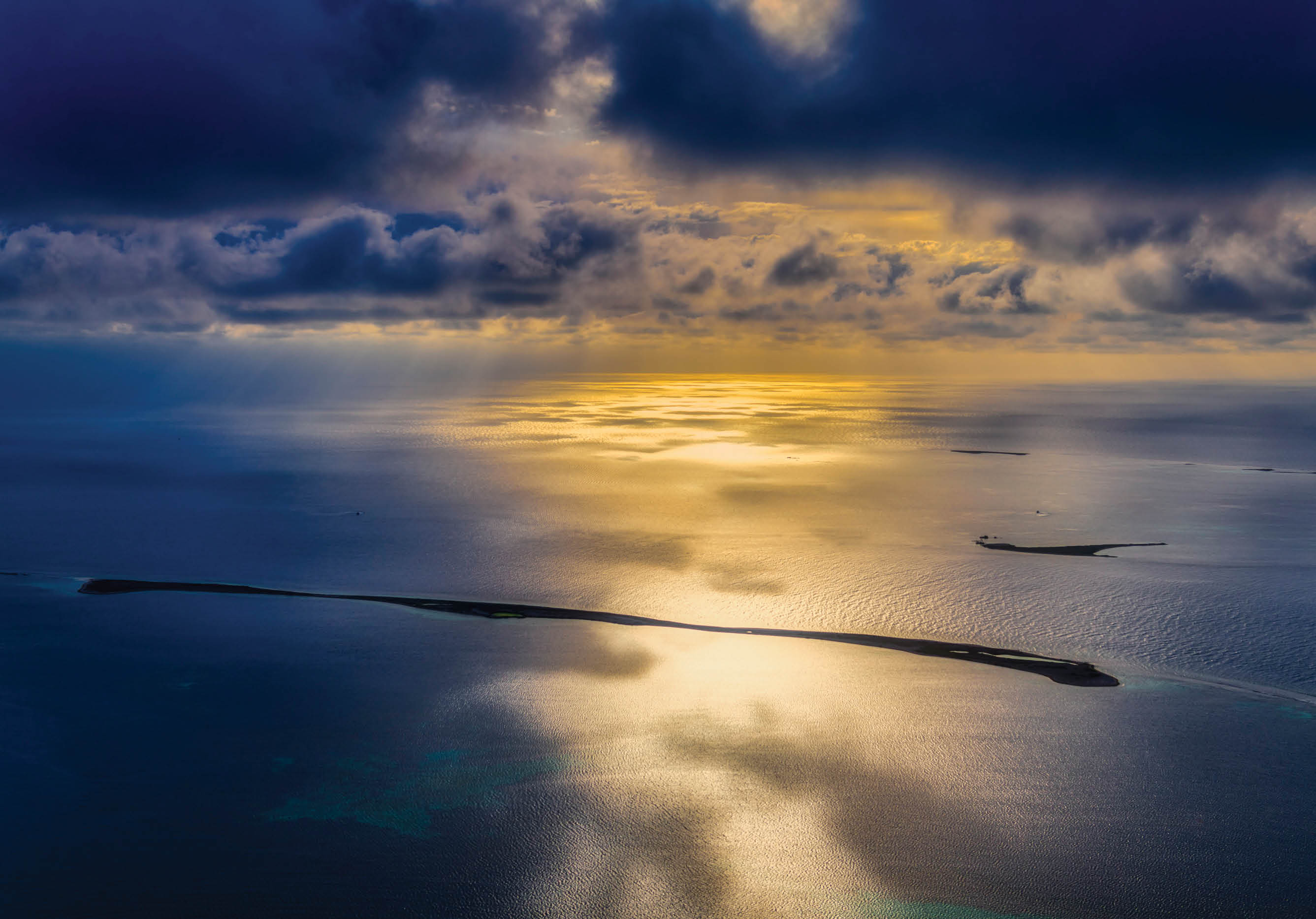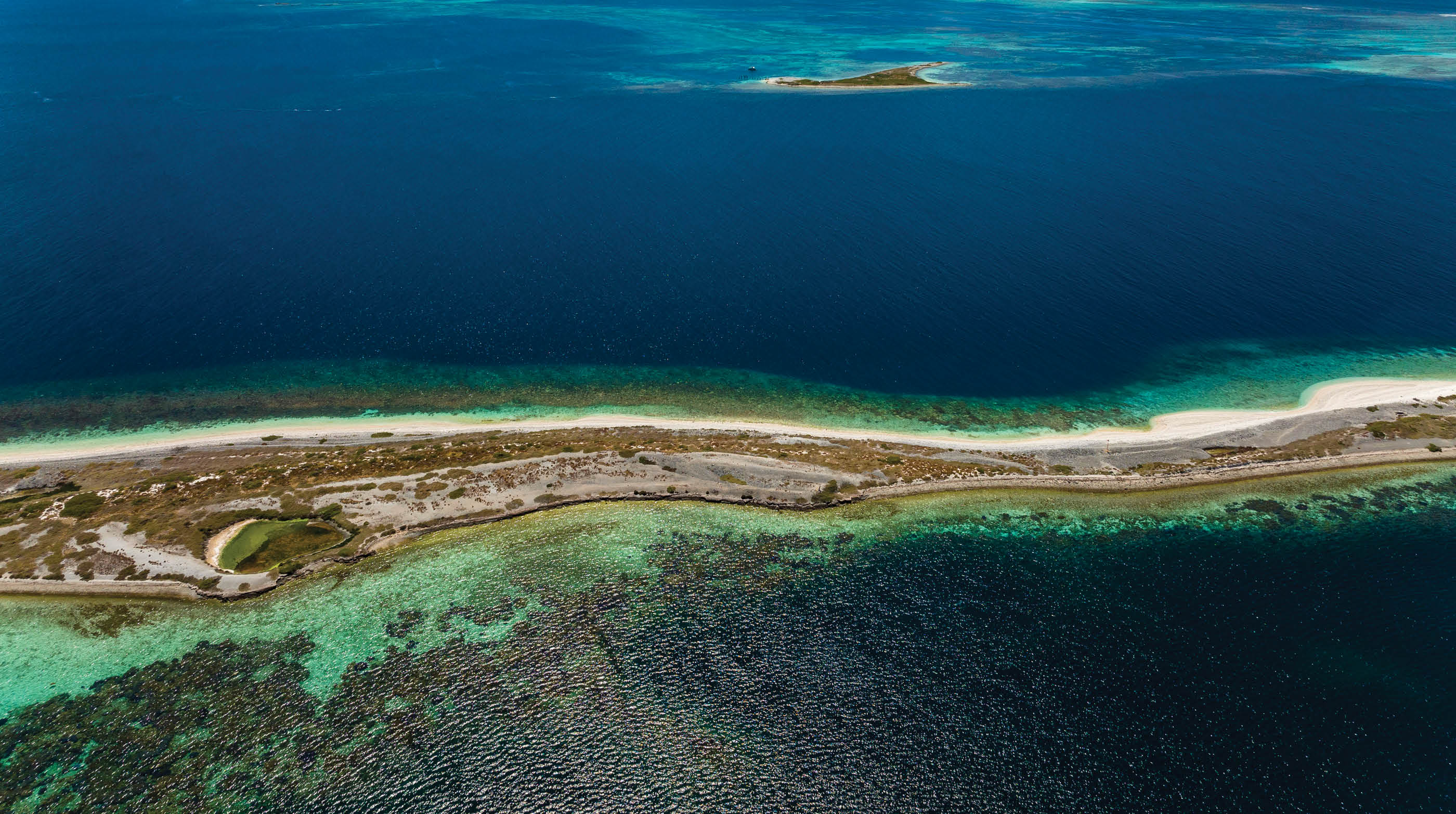
77


On 28 June, as part of his ‘divide and conquer’ strategy, Cornelisz ordered a party of 45 men, women and boys to travel to Seals Island and search for water. Abandoned there by Cornelisz, and finding no water, the group managed to survive
by drinking seals’ blood and their own urine. Seventeen days later, Cornelisz’s men returned to the island, and murdered 37 people including four women, in two massacres over four days.
Following Pelsaert’s return, he ordered the worst of the mutineers to be taken to Seals Island for security on 18 September, while he conducted trials on Beacon Island. Seals Island was also chosen as the place where the punishments and executions of the
mutineers were carried out. Gallows were built on the island, and seven condemned mutineers including Cornelisz were executed there.

LONG ISLAND (SEALS ISLAND)






Long Island is an unoccupied coral shingle island 1600 metres long and 180 metres at its widest point at the northern extremity. The island is approximately one kilometre west of Beacon Island, on the other side of Goss Passage. Due to the presence of Australian sea
lions, Batavia survivors named it Seals Island. Long Island is historically and archaeologically significant as the site of 44 Batavia-related deaths, and the place where the first European judicial proceedings were carried out on Australian soil.


